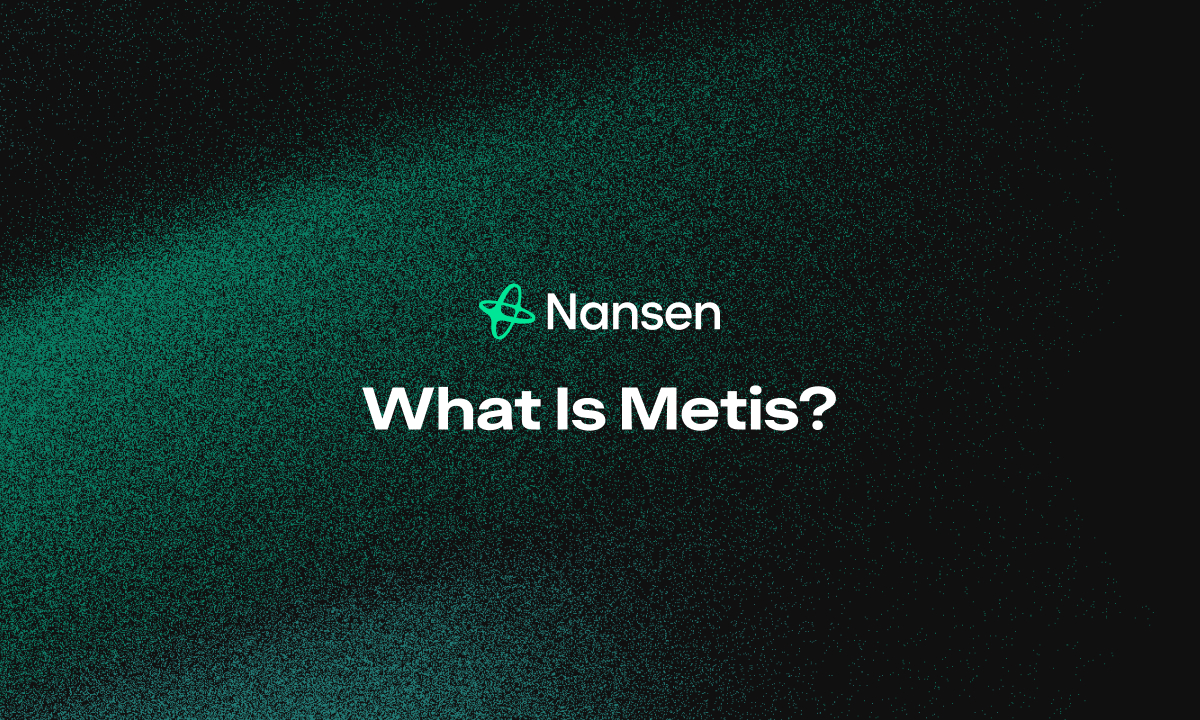Ever tried sending a transaction on Ethereum during peak times? If you have, your wallet probably still feels the sting. High gas fees and slow transaction times have been Ethereum's persistent challenges – but that's where Metis comes in as a potential solution.
Key Takeaway: Metis is a Layer 2 scaling solution for Ethereum that aims to reduce transaction costs while increasing speed and maintaining security.
Understanding Metis and Its Layer 2 Approach
Metis operates as an Ethereum Layer 2 solution, essentially working as an extension of the main Ethereum blockchain. Think of Layer 2 as express lanes built on top of the congested Ethereum highway.
The platform uses Optimistic Rollup technology to bundle multiple transactions together before submitting them to the Ethereum mainnet. This approach significantly reduces gas fees while maintaining the security guarantees of Ethereum.
What makes Metis stand out among Layer 2 solutions is its focus on creating infrastructure for Decentralized Autonomous Companies (DACs), which we'll explore shortly.
The Origins of Metis
Metis launched in 2021 as a fork of Optimism, another popular Ethereum Layer 2 solution. The project was founded by Elena Sinelnikova, Kevin Liu, and Yuan Su, who envisioned a platform that could address Ethereum's limitations while providing tools for decentralized businesses to operate efficiently.
The name "Metis" comes from Greek mythology – she was the Titaness of wisdom and deep thought, which reflects the project's aim to build thoughtful solutions for blockchain scalability issues.
How Metis Improves Ethereum Scalability
Ethereum's limitations are well-documented: high gas fees, slow confirmations, and network congestion. Here's how Metis addresses these challenges:
- Optimistic Rollups: Transactions are processed off-chain and then batched to Ethereum, reducing fees by up to 97% compared to mainnet
- Faster Confirmations: Transactions can be confirmed in seconds rather than minutes
- Higher Throughput: The network can handle many more transactions per second than Ethereum mainnet
For users, this means spending cents instead of dollars on transactions, and waiting seconds instead of minutes for confirmations – all while maintaining connection to Ethereum's security model.
The METIS Token: Utility and Governance
The METIS token serves multiple purposes within the ecosystem:
- Transaction fees: Used to pay for operations on the network
- Staking: Validators stake METIS to secure the network
- Governance: Token holders can participate in on-chain governance decisions
- Reputation system: Helps establish trust within the ecosystem
The token supply is capped at 10 million METIS, making it a relatively scarce asset compared to many other cryptocurrencies.
Decentralized Autonomous Companies (DACs): Metis' Unique Feature
One of the most innovative aspects of Metis is its framework for Decentralized Autonomous Companies. Unlike DAOs (Decentralized Autonomous Organizations) which can be complex to set up and manage, DACs on Metis aim to provide more user-friendly, business-oriented structures.
DACs offer:
- Templates for easy business setup
- Built-in reputation systems
- Tools for managing contributors and stakeholders
- Simplified smart contract management
This infrastructure makes Metis particularly attractive for real-world businesses looking to incorporate blockchain technology without needing extensive technical expertise.
The Metis Ecosystem: dApps and NFTs
The Metis ecosystem has been growing steadily, with various decentralized applications being built on the platform:
- DeFi protocols: Lending, borrowing, and trading platforms
- NFT marketplaces: Leveraging the NFT bridge for lower-cost minting and trading
- Gaming applications: Taking advantage of lower fees and faster transactions
- Business solutions: Utilizing the DAC framework
The NFT bridge allows users to move their digital assets between Ethereum and Metis with minimal friction, opening up new possibilities for creators and collectors looking to escape high gas fees.
Potential Risks and Considerations
As with any blockchain project, Metis comes with certain risks:
- Optimistic Rollup withdrawal period: Withdrawals to Ethereum mainnet can take up to a week
- Relatively new technology: The platform hasn't been battle-tested as long as some competitors
- Competition: The Layer 2 space is becoming increasingly crowded
Despite these considerations, Metis has shown promising development and community growth since its launch.
Getting Started with Metis
If you're interested in using Metis:
- Set up a compatible wallet (MetaMask works well)
- Add the Metis network to your wallet (Chain ID: 1088)
- Bridge assets from Ethereum to Metis using the official bridge
- Explore dApps in the ecosystem
The entry barrier is relatively low, especially for those already familiar with Ethereum.
The Future of Metis
The Metis roadmap includes several ambitious goals:
- Further decentralization of the network
- Expanding the middleware platform capabilities
- Growing the DeFi ecosystem
- Enhancing the reputation system
- Improving interoperability with other chains
As Ethereum continues its own scaling journey with ETH 2.0, Layer 2 solutions like Metis will likely remain crucial for providing affordable, efficient blockchain access.
Final Thoughts
Metis represents an interesting approach to Ethereum's scaling challenges, particularly with its focus on business applications through the DAC framework. For investors and users looking for lower fees and faster transactions while maintaining connection to the Ethereum ecosystem, Metis offers a compelling option.
Whether you're a developer looking to build decentralized applications, a business owner interested in blockchain integration, or simply a crypto enthusiast seeking more cost-effective transactions, Metis is worth keeping on your radar.




